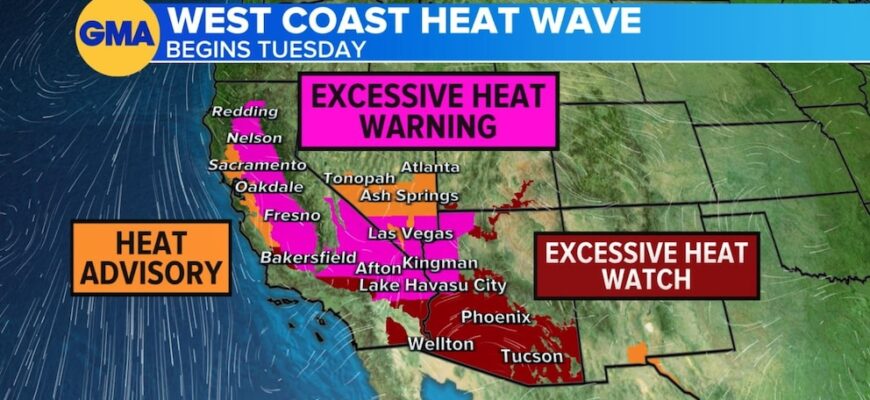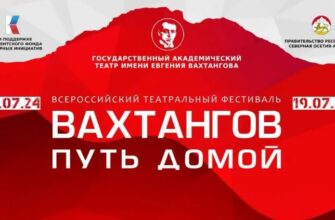After enduring days of intense, record-breaking heat that saw the mercury climb to levels not seen in over a century—shattering a 1903 record by reaching +34.6°C—the residents of Moscow and the surrounding region sought urgent respite from the oppressive conditions. Water bodies became magnets for the heat-weary populace, with beaches, both officially sanctioned and informal, transforming into scenes of unprecedented crowds. The water itself offered significant relief, warming up to a generous +25°C, a temperature reportedly exceeding that of the Black Sea in July. Even venues with premium pricing structures, such as the Soho Country Club, experienced overwhelming demand, illustrating the lengths to which people would go for a cool dip, even if it meant navigating entry fees reaching 4,000 rubles per person, in addition to parking costs.
The sheer volume of people desperate to escape the heat led to overcrowding not only at designated swimming spots but also at places where bathing is technically prohibited. Local accounts described packed scenes even at picturesque factory ponds. The demand was so high that accessing popular spots became an endeavor in itself. At the Pirogovskoye reservoir, reports emerged of individuals implementing informal tolls, charging fees for passage through areas previously considered freely accessible—a testament to the chaotic conditions and the lengths some would go for perceived opportunity.
However, this collective pursuit of cooling was abruptly curtailed. Saturday evening brought a dramatic and violent shift in weather. The oppressive heat gave way to a severe thunderstorm, characterized by torrential rain, powerful winds, and vivid lightning. The intensity of the downpour was substantial, with meteorological calculations suggesting areas received the equivalent of three buckets of water per square meter. Videos circulating online captured the dramatic sight of lightning striking the surface of the water bodies themselves.
The sudden deluge rapidly overwhelmed Moscow`s urban infrastructure. Drainage systems, designed for typical rainfall, were simply no match for the intensity of the storm, leading to widespread flooding. A notable section of the Moscow Ring Road (MKAD) was submerged, with water levels reaching the doors of vehicles, creating hazardous driving conditions. The strong winds accompanying the storm downed numerous trees across the city, some unfortunately landing on parked cars. Pedestrians caught in the open sought refuge wherever possible, huddling in metro entrances and under bus stops, while navigating through ankle-deep water in normally pedestrian-friendly areas like Patriarshie Ponds and Arbat.
The suddenness of the storm also created significant logistical challenges for those who had gathered at water bodies. Reports from places like Silver Bor depicted chaotic scenes as people attempted to leave, forming lengthy queues for public transport in the pouring rain. The image of individuals improvising shelters with items like inflatable mattresses and towels underscored the abrupt shift from leisure to necessity. The resulting surge in demand for transport also translated directly to the cost of private hire vehicles; taxi fares for routine journeys reportedly escalated dramatically, rising from approximately 1,500 rubles to figures ranging from 6,000 to 8,000 rubles, starkly illustrating the immediate economic impact of the weather-induced chaos.
Tragically, the combination of extreme heat, crowded conditions, and the sudden, violent storm had a severe human cost. The Ministry of Emergency Situations for the Moscow region reported nine fatalities at various reservoirs within the Moscow Oblast throughout Saturday. This grim statistic highlights the inherent dangers associated with recreational activities during periods of extreme weather volatility and the critical importance of heeding safety warnings.
Providing a technical perspective, a meteorologist clarified that while some widely used public weather services might not have precisely timed the storm`s arrival, official meteorological bodies, such as the MChS and the Hydrometcenter, had indeed issued warnings for strong thunderstorms applicable to Saturday and the subsequent days. The rapid transition from extreme heat to severe storm is a characteristic phenomenon of summer atmospheric instability zones. The public, often focused primarily on temperature forecasts, may not have been adequately prepared for the suddenness and intensity of the shift. Forecasters indicate that such volatile, rapidly changing weather patterns are anticipated to continue in the region in the coming week.
As of the report, an orange-level weather hazard warning related to high temperatures remained in effect for Moscow, serving as a reminder that even as the immediate storm passed, the challenging weather conditions persisted, underscoring the increasing vulnerability of urban areas to extreme and unpredictable climatic events.









